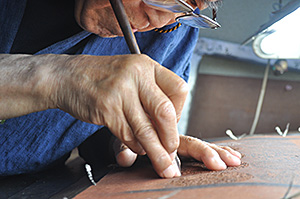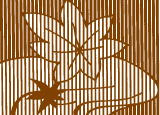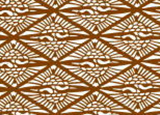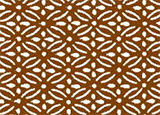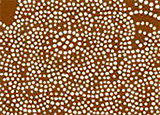Ise Katagami is a traditional Japanese handicraft (tool) with a proud history of over 1,000 years that involves dyeing textiles with patterns such as yuzen, yukata, and komon. Katagami are created by carefully chiseling sculpted patterns and kimono designs onto processed washi paper. Making these patterns requires highly advanced technique, perseverance, and patience. In April of 1983, the Ministry of Trade and Industry recognized Ise Katagami as a traditional handicraft (tool).

